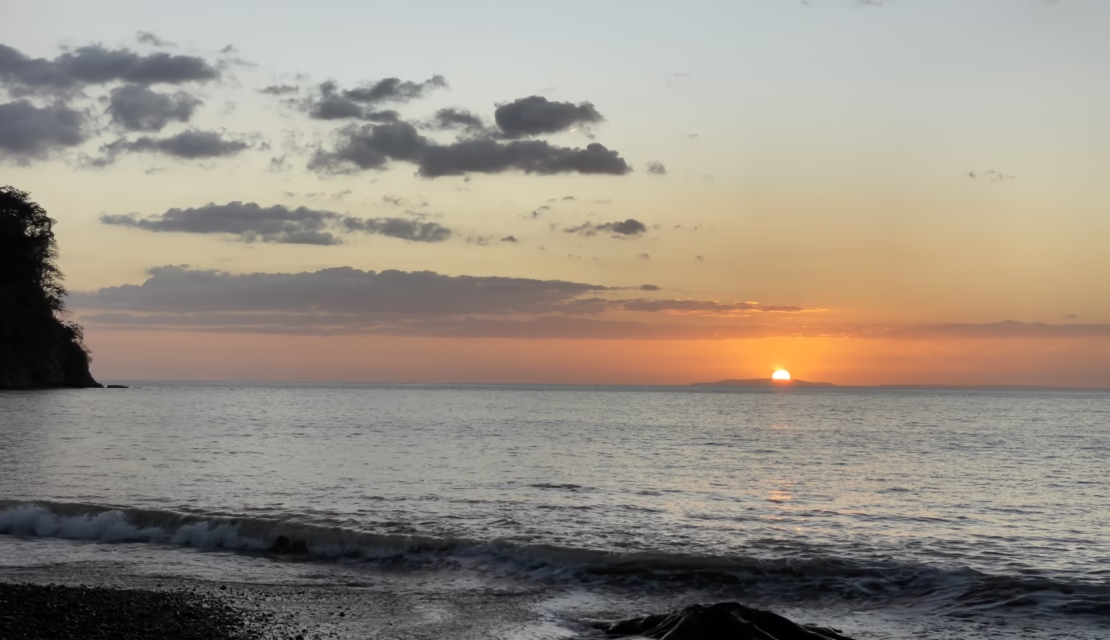Smart Property Tips for Coastal Living in Costa Rica

Costa Rica’s stunning coastline offers more than just beautiful beaches, breathtaking sunsets, and a laid-back lifestyle. Whether you’re buying a vacation home, renting a beach property, or managing a coastal investment, living by the ocean comes with a unique set of challenges—especially when it comes to maintaining your property in a tropical marine environment.
Here are some smart, experience-based tips to help you reduce long-term maintenance costs, extend the life of your property, and get the most out of coastal living in Costa Rica.
1. Choose Materials That Stand Up to the Coast
The sun, salty air, humidity, and occasional tropical storms can take a toll on traditional construction materials. Opt for materials specifically designed to handle coastal conditions:
- PVC or composite decking instead of hardwoods like teak or cedar. While wood might look beautiful, it requires constant staining or sealing and can rot, warp, or attract termites. PVC decking is virtually maintenance-free and resists salt and moisture damage.
- Stainless steel or powder-coated aluminum for outdoor fixtures, railings, and furniture to prevent rust.
- High-quality, marine-grade hardware on doors and windows to reduce corrosion and sticking.
2. Do Preventative A/C Maintenance Every 4–6 Months
In coastal areas, salt in the air accumulates quickly on A/C units and corrodes the coils, fans, and internal components. You can extend the lifespan of your air conditioning system with these practices:
- Schedule preventative maintenance every 5 months. This includes cleaning coils, checking refrigerant levels, inspecting for rust, and replacing filters.
- If the unit is near a window or sliding door, keep them closed when the A/C is running to avoid drawing in salty, humid air.
- Use dehumidifiers in closed rooms to reduce strain on the A/C.
3. Seal and Paint Frequently Exposed Surfaces
Exterior walls, pergolas, and wooden details need regular upkeep. Use high-quality, UV-resistant paints and sealers made for tropical environments. Plan to repaint every 2–3 years, especially if your property is oceanfront.
4. Invest in Good Drainage and Gutter Systems
Heavy rains and high humidity mean drainage is critical. Ensure your property has:
- Well-designed gutters that are cleaned regularly.
- Proper sloping away from structures to prevent water accumulation.
- French drains or gravel channels in landscaping to help with runoff.
5. Install Storm-Resistant Features
While most areas of Costa Rica don’t experience hurricanes, strong winds and tropical storms are still possible.
- Use impact-resistant windows or storm shutters, especially in oceanfront homes.
- Anchor down pergolas, outdoor furniture, and roofs to prevent wind damage.
6. Control Pests Naturally and Regularly
In tropical zones, pests like termites, ants, and mold can appear quickly.
- Schedule quarterly pest control using eco-friendly products safe for pets and guests.
- Use borate treatments on wooden structures as a termite deterrent.
- Maintain a dry perimeter—eliminate standing water and trim foliage near structures.
7. Create a Coastal Landscaping Strategy
Choose native or salt-tolerant plants that thrive in coastal conditions. This reduces your irrigation needs and helps your property blend beautifully with the surrounding nature.
- Palm trees, hibiscus, beach almond, and ornamental grasses are all great options.
- Use crushed shells or gravel instead of bark mulch, which can retain too much moisture and attract insects.
8. Use Outdoor Fabrics and Furnishings Made for the Tropics
Furnishings on balconies, patios, and terraces should be built to last.
- Choose marine-grade fabrics like Sunbrella that resist fading, mildew, and salt.
- Rinse off outdoor cushions and furniture regularly to remove salt buildup.
9. Keep an Eye on Electronics and Appliances
The salty air can also damage electronics over time, especially when combined with high humidity levels. Here’s how to protect your devices:
- Use dehumidifiers and moisture absorbers inside cabinets, closets, and storage areas.
- Clean fans, TVs, and appliances monthly to remove fine salt and dust buildup.
- Run your air conditioning in “dry” mode (or set it to around 80°F / 27°C) to reduce humidity inside the home without overcooling. This helps protect electronics while keeping energy use efficient.
- If you’re away for an extended period, unplug appliances or use surge protectors to guard against power surges during storms or outages.
10. Hire Local Experts Who Know the Coast
Finally, make sure you’re working with contractors, cleaners, and property managers who understand how the coastal climate affects buildings in Costa Rica. Their local knowledge can save you money, time, and stress in the long run.
Pura Vida Rentals and Management has been taking care of coastal properties since 2003, offering trusted property management services tailored to the unique challenges of beachside living. Whether you’re a homeowner or investor, our experienced team helps keep your property in top condition year-round.


